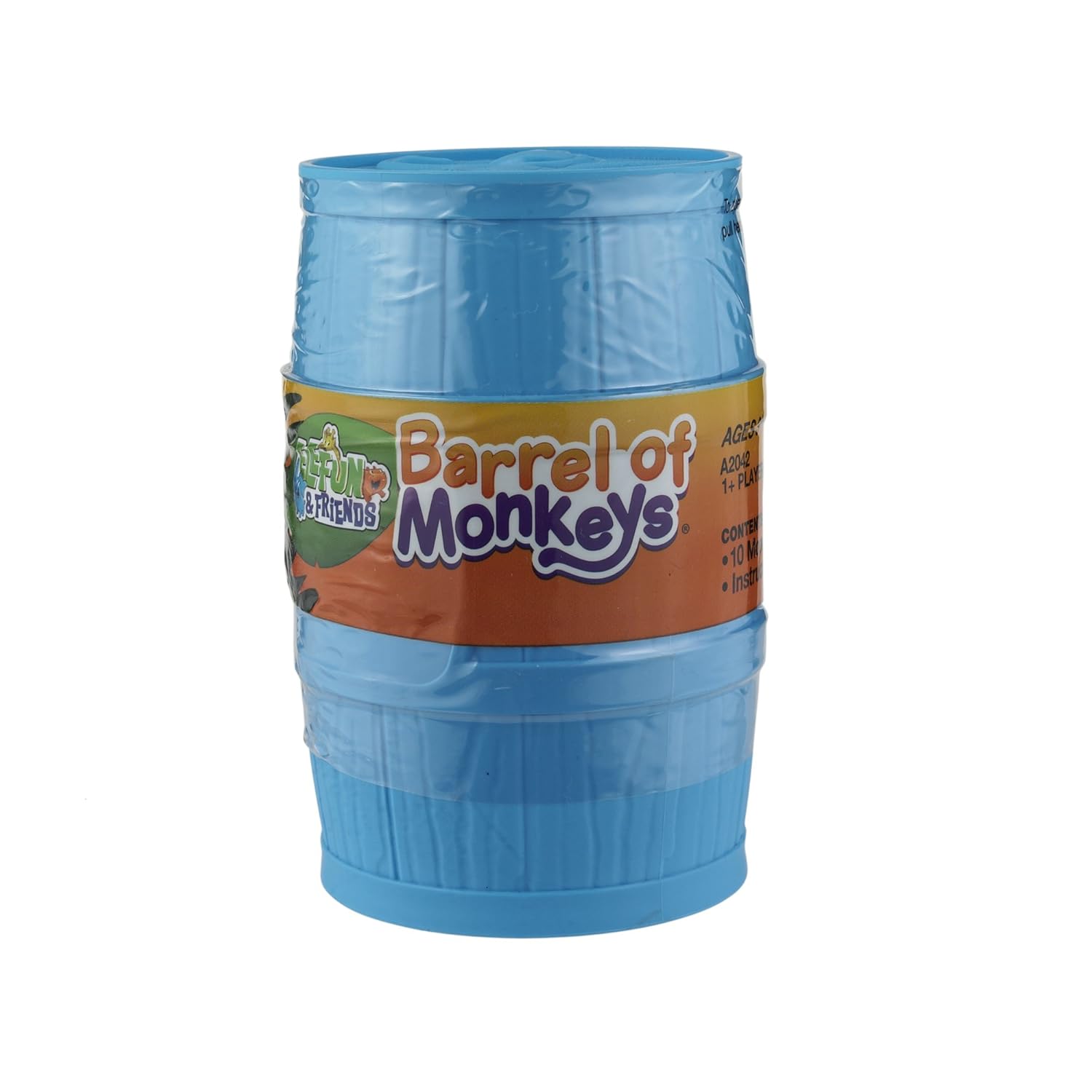{Affiliate Links Used}
I struggle sometimes on how to get my youngest students to use the language especially when they are in the first few months of exposure to Spanish. The first problem is that with lower elementary-age students their attention span is very short, and when you add the fact that they have limited vocabulary at the beginning it can be challenging to find activities to get them talking in the target language. This week though I came across an activity that really worked! Not only does this activity require that they speak in Spanish, but it incorporates repetition of the vocabulary in a way that keeps them motivated. Here's how it works...
I create picture cards with the vocabulary on them we are working on. The ones you see here are for the weather, but the cards could be any group of vocabulary as long as you can use pictures: clothing, rooms in a house, places in a city, foods, etc. I laminate the cards (VERY IMPORTANT) so that I can use the dot stickers on the back of them. If the cards aren't laminated then you won't be able to get the sticker off as easily. I lay out the cards face up on the table. If you have a large group of students you can make bigger cards and hang them up. Then I ask my students in the target language to turn around (away from the cards) and close their eyes (young ones are expert "peekers" so I have them do both actions). I then take a colored dot (See these here as they are easy to remove.) and stick it to the back of one of the cards. Then all my students can turn around and open their eyes. They take turns asking in the target language about a card to see if the dot is behind it.
So for example, if we are working on weather words they would ask, "¿Está nublado?" or "¿Hace viento?". I then reveal the underneath of the card to show them whether the dot is there or not. After I have hidden the dot a few times, I let some of my students do the hiding. If you have a large group, you may not be able to let everyone hide each time you play the game. So you may want to keep track of who has hidden the dot so that next time other students can do it. My students absolutely LOVE hiding the sticker and being in charge of answering the questions and revealing the backside of the cards. Another variation I do (normally at the end of the activity) is for me to "hide" the dot one more time. However, this last time around, I don't actually hide the dot on one of the cards. I put it some place else out of sight. This forces the students to ask about ALL the cards and review all the vocabulary. When the last card is revealed there may be some surprised looks! 😊
While I have used this with great success with elementary-age kids, it can be used as a quick review for older students (like in high school). I love how it requires students to use the language and how they get to hear the words/phrases over and over again. The other added benefit? If a child has the task of hiding the dot, he or she then also has to practice finding which card the other student is asking about. There's plenty of repetition and review without it being boring!



























